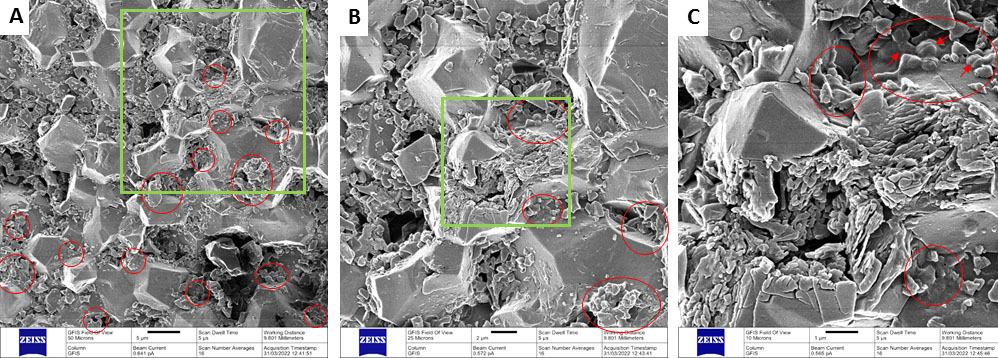The search for extraterrestrial life and the problem of primitive life forms, now you see them, now you don’t
- 1CNRS, Centre de Biophysique Moléculaire, Orleans, France (frances.westall@cnrs.fr)
- 2Natural History Museum, London, UK
- 3Dipartimento di Scienze Biologiche, Geologiche e Ambientali, Université di Bologna, Italy
- 4ESTEC, Noordwijk, The Netherlands
Two missions are on Mars looking for traces of life (MSL and Mars 2020) while the ExoMars mission, slated for launch later this year, is postponed. All missions are equipped with a powerful array of instrumentation for in situ analyses. In addition, the ExoMars rover, Rosalind Franklin, has the advantage of a 2 m drill to penetrate beneath the oxidised and UV-irradiated surface [1]. However, unless phototrophic life forms were able to develop on a planet that was never permanently habitable and that was characterised by punctuated and likely unconnected habitable niches [2, 3], martian life likely remained in a very primitive state of evolution, potentially similar to terrestrial chemotrophs, i.e. discrete, very small cells and colonies that leave even more subtle fossil remains. Indeed, only in the vicinity of nutrient-rich hydrothermal environments can chemotrophic biomass develop to create potentially visible morphological signatures in the form of a clotted texture in the associated sediments – a texture that is not immediately identifiable as a biosignature but that would warrant further analysis of such rocks by other instruments, such as SAM on Curiosity, SHERLOC on Perseverance, or MOMA on Rosalind Franklin.
Taking the early terrestrial environment and early life as analogues for habitable environments and primitive life forms on early Mars, it is becoming clearer that the most primitive of life forms known on Earth, chemolithotrophs that obtain energy from oxidation of inorganic substrates (e.g. ferrous iron, hydrogen sulfide, elemental sulfur, thiosulfate, or ammonia), were widely distributed but, because of their very small size (< 1 µm diameter) and very small, heterogeneously distributed colonies (5 µm to some tens of microns), are typically undetectable through bulk analyses (bulk carbon contents are generally 0.01-0.05 %.) (Fig. 1). To compound the challenge, morphologically-recognisable cells are rarely observed, while degraded cells mixed with generic extracellular polymeric substances (EPS) are more frequent. Chemolithotrophs can inhabit sediment particle surfaces and pore space close to the surface or at depth, as long as they have access to nutrients and water. But how to identify them in situ on Mars? Even on Earth with well-equipped, state of the art laboratories, detection and identification of fossil chemolithotrophs is difficult and, often, controversial. The solution requires seeking to simultaneously detect structural information of the organisms’ presence and analyse well-preserved organogeochemical signature with spatial precisions on the order of a micron and detection limits as low as possible. This would be a challenge for Mars Sample Return in the near future.

Figure 1. (A-C) distribution of tiny colonies and EPS clumps (red circles) in a silicified, volcanic sediment [3] at increasing magnifications. Individual dividing cells visible only at maximum resolution in (C).
References: [1] Vago, J.L., et al. (2017) Astrobiology, 17: 471–510. [2] Cockell et al., 2012. Icarus, 217:184–193. [3] Westall et al., (2015) Astrobiology, 17: 998-1029. [4] Author J. et al. (2002) LPS XXXIII, Abstract #2110.
How to cite: Westall, F., Clodore, L., Foucher, F., Milojevic, T., Kölbl, D., Guérillot, P., Hickman-Lewis, K., Cavalazzi, B., and Vago, J.: The search for extraterrestrial life and the problem of primitive life forms, now you see them, now you don’t, Europlanet Science Congress 2022, Granada, Spain, 18–23 Sep 2022, EPSC2022-187, https://doi.org/10.5194/epsc2022-187, 2022.

